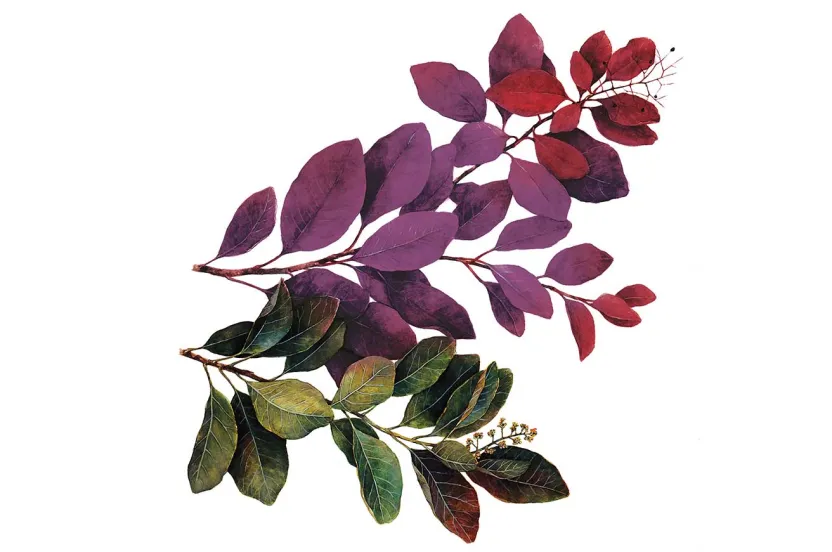Now live: The 2025 Canopy Report. Learn how Americans see trees. GET THE REPORT
Quercus macrocarpa
Despite its acorns being called “frilled,” there is nothing dainty about the bur oak tree. The frills around its gigantic acorn are wild and woolly, and the top of the cap is corky and tough like the armor of an old-time gladiator. Its bark, too, is rough and dark, and the trunk massive. Landscape architects call its crown “coarse textured” and loggers and woodworkers are attracted to its very hard wood.
Pioneers were amazed when they first encountered the “oak openings” of the Midwest. These were like bits of paradise — grassy and ready to farm — and interspersed with bur oaks they could use for shade or good wood. Further west, they found the bur oak standing like giant sentinels where the woodlands finally gave way to the tall grass prairies. Today, we call this ecological edge the ‘savanna’ and know that the bur oaks can grow there because they resist the flames of prairie fires and are durable through long, rainless summers. Oak expert Guy Sternberg claims that it is on the Great Plains where bur oak is most appreciated, “where it stands resolute for centuries against the elements that devour all lesser trees.”
4 Rugged Trees that are Drought-Tolerant
Bur oak is the northern-and western-most of our eastern oak species. In the north, it sometimes dwindles to shrub size, but in Texas its big acorns reach their largest size and in the Midwest, it is honored along with other oaks as the state tree of Iowa. The attributes that have won distinction for this species make it highly worthy to consider for planting in parks, institution grounds and large yards throughout the wide range where it can thrive.
The champion bur oak — the world’s largest bur oak — finds its home on a farm near Paris, Kentucky. This awesome oak stands 96 feet tall and has a diameter of 8 ½ feet. The champ’s crown spread is 103 feet.
In the landscape
In addition to its notable strength, the bur oak has other attributes that make it a spending landscape tree. It provides food for squirrels, dense shade, and is resistant to air pollution and heat stress. Its acorns are larger than most other oaks and have a cap that extends about half way down and noticeably fringed, giving the tree its other name, the Mossycup Oak.
Its generally slow growth is compensated by longevity that may exceed 200 to 300 years. It reaches up to 80 feet at maturity and loves full sun (hardiness zones 3-8).




